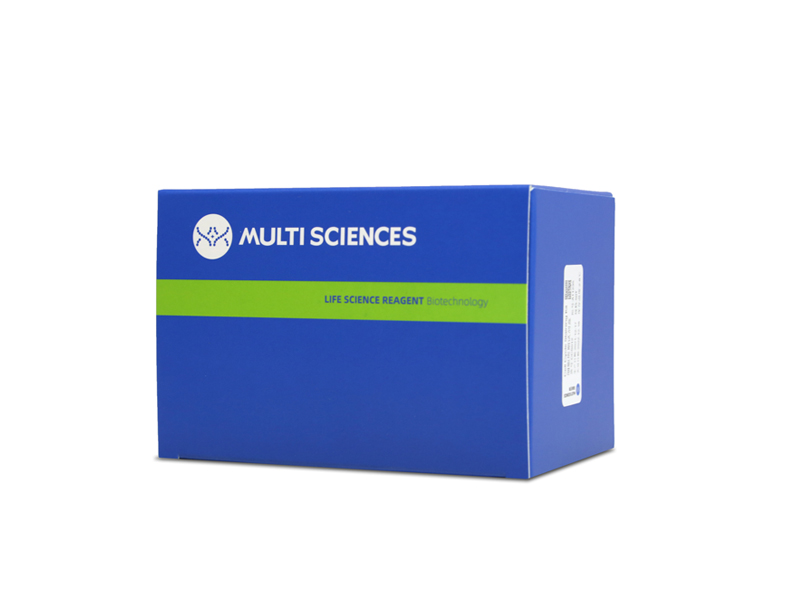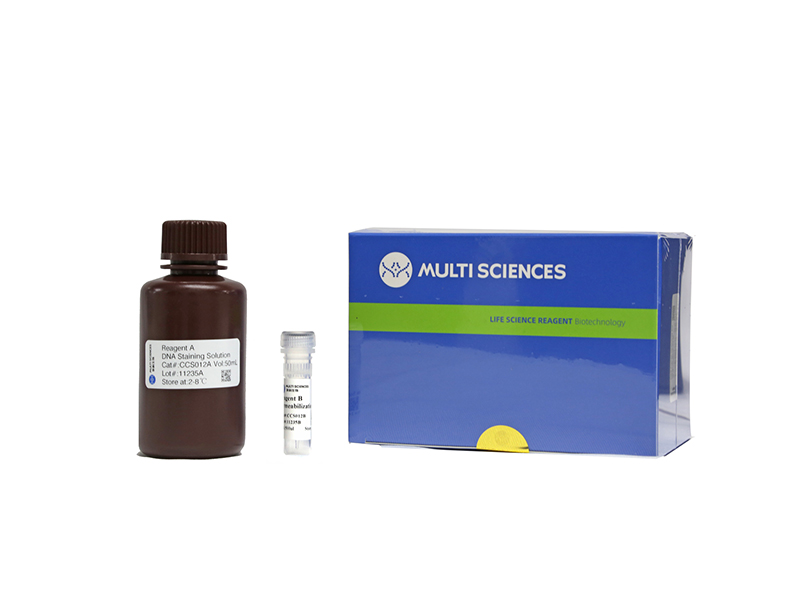Diabetes is an important risk factor for liver cancer, but its mechanism is unknown. Corosolic acid (CA) has been proven to have both hypoglycemic and antitumor effects, so revealing the function of CA can help us understand the relationship between diabetes and liver cancer. In previous studies, we confirmed that CA can effectively inhibit the expression of YAP, an important oncoprotein in HCC cells, and the proliferation of HCC cells. In addition, we also found that O-GlcNAcylation plays an indispensable role in HCC tumorigenesis. However, it is not clear whether CA can inhibit the effect of O-GlcNAcylation on HCC cells. In this study, the antitumor ability of CA was investigated by inhibiting the O-GlcNAcylation level and its corresponding mechanism. The results showed that HG (high glucose) could promote the proliferation of liver cancer cells, while CA could inhibit cell growth under HG conditions and tumor growth in a xenotransplantation model. CA can inhibit the activation of the HBP pathway and reduce the expression of YAP and OGT under HG conditions. Importantly, we found that CA can reduce YAP expression and O-GlcNAcylation by inhibiting the activity of CDK19. Overexpression of CDK19 partially reversed the CA-induced decrease in YAP and O-GlcNAcylation. This is the first evidence that CA can reduce the proliferative capacity of cells with high glucose levels and further inhibit tumor growth by inactivating the CDK19/YAP/O-GlcNAcylation pathway, suggesting that CA is a candidate drug for the development of treatments against diabetes-associated liver cancer.
文章引用产品列表
-
- CCS012 1190 Citations
- 周期试剂盒
Cell Cycle Staining Kit 细胞周期检测试剂盒
- ¥390.00



